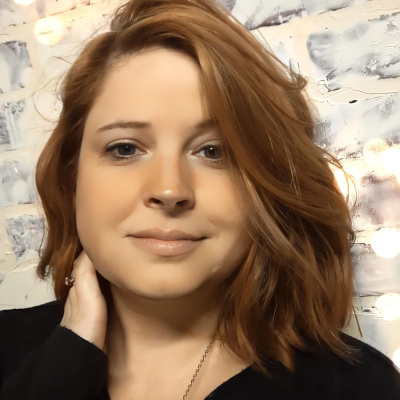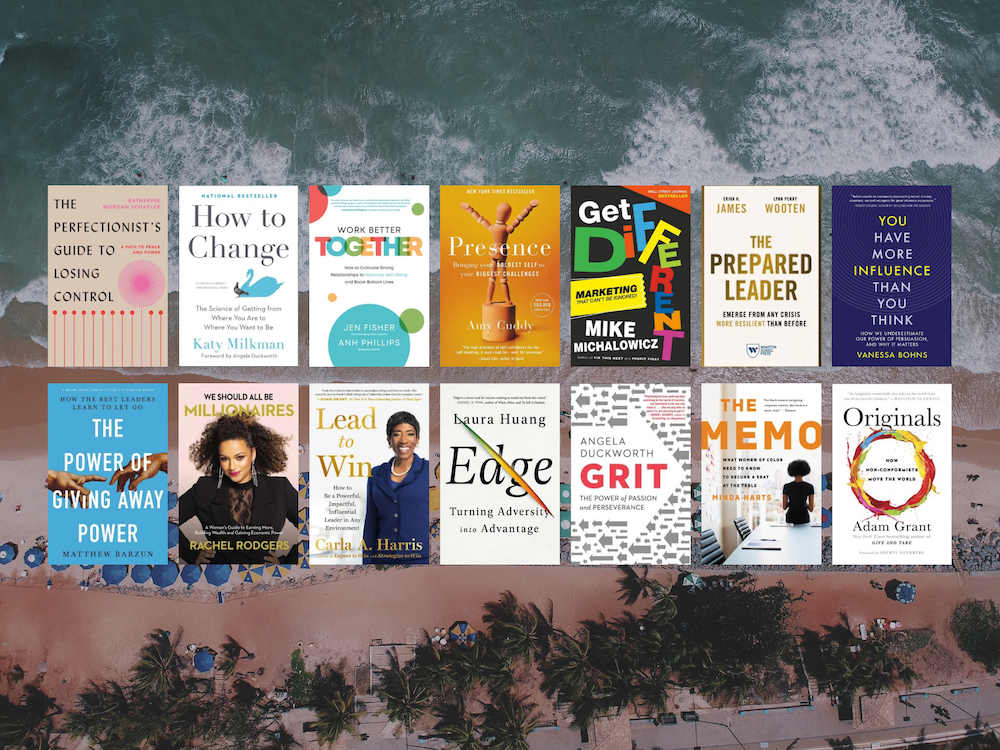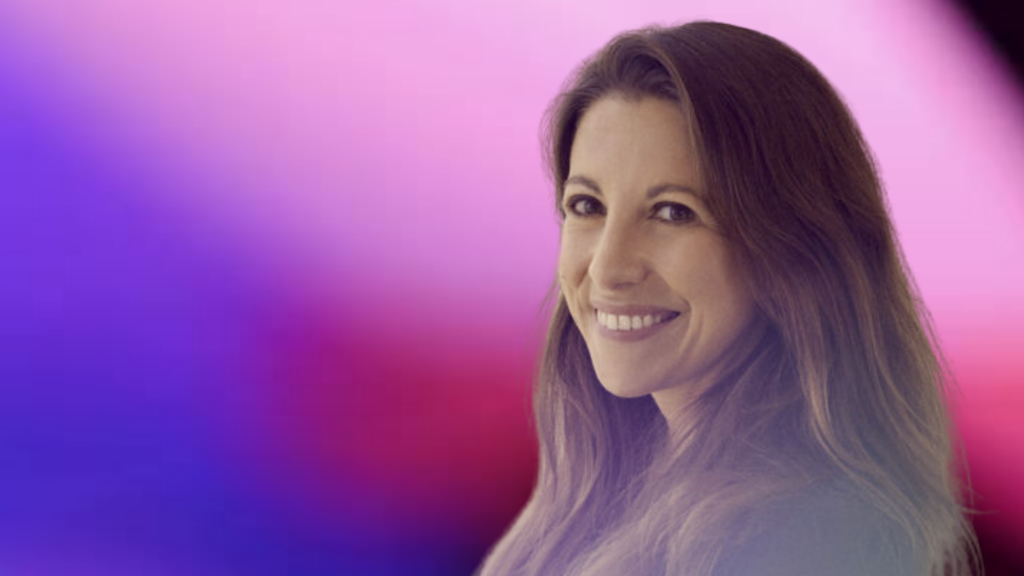Why community building is the key to creative marketing

Why community building is the key to creative marketing
Each of us has seven seconds to make a first impression. Good, bad, or ugly.
In business and in personal lives, building a brand matters.
In a similar way to how genuine people leave others feeling heard and seen, authentic brands do more than just sell. They connect with communities.
For most people, education marks the first real opportunity to grow and build a sense of community. For Christina Garnett, a lifelong love of learning has been a constant theme. The classroom was her first professional backdrop before she made a career shift into marketing.

Deciding to make the move into marketing felt intuitive to Garnett, who has had a knack for deconstructing impactful (or ineffective) advertisements for as long as she can remember. Taking the differentiated instruction skills she developed as a math and social studies teacher in North Carolina and applying them to the marketing career she carved out for herself just clicked. She got to work taking online courses and devouring all the data she could. For other women looking to make a move, she advises taking advantage of the tools at their fingertips.
“The internet really has democratized education to such a singularity level,” says Garnett. “There are opportunities to really dive in to determine, is this something that I would even like to do? Is this something that feels easy to me or is this something that I’m passionate about?”
Now as a Senior Marketing Manager at Hubspot, Garnett is a community builder and advocacy strategist. Using audience intelligence and social listening, she learns more about audiences to determine their specific needs and behaviors. Her work ultimately helps brands better connect with their current customers, potential customers, and fans.
MBAchic caught up with Garnett as she gears up to speak at Hubspot’s first ever hybrid INBOUND 2022 which connects attendees with dozens of impactful speakers and allows them to explore new perspectives from thousands of business leaders. She lends her insight into the value of new learning opportunities, top marketing tips for community building, why social listening makes or breaks brands, and why differences are just superpowers in disguise.
The value an MBA adds to the marketing world:
Achieving her EMBA from Quantic School of Business and Technology introduced new concepts outside of the marketing space which enabled Garnett to elevate her problem solving approach.
“I was able to immediately start utilizing that knowledge in my day to day work,” reflects Garnett. “It’s very easy to myopically look at our work, but so much of what marketing needs to do is to be able to answer questions on a full business scale level. My MBA really introduced me to concepts outside of the marketing space so I can be thinking about what other teams are struggling with, what challenges they’re facing, what questions they’re asking. I’m better able to position my work and really think yes, this could drive clicks or yes, this could drive word of mouth, but what does that have to do with the overall business approach and how can that answer questions and challenges that could be faced by other departments that I would never consider? It really gave me the opportunity to strengthen my business acumen.”
Going through business school coursework and understanding what’s important to other departments enabled her to refocus and determine what a business needs as a whole.
“This is what I’m looking at in terms of success and KPIs, but does that align with what the other departments need right now? If we are thinking about retention versus revenue versus engagement, what do we need to be doing differently? Are there different levers that we need to be pulling? You don’t really know that if you’re just waiting for leadership to tell you,” says Garnett.
Completing her EMBA didn’t mark the end of her education, instead it fueled a hunger to learn more. Currently, Garnett prioritizes time in her busy work schedule and family life for coursework and continued learning.
At a time when many companies jump on the “community” bandwagon and fail, Garnett offers her top three tips to build community and keep people coming back to a brand.
1. Understand the why.
“If you see community as this revenue lever, and that’s the beginning and end of the conversation for you, you’re going to fail because it’s never going to scale as quickly as you need,” says Garnett.
“Community is a human experience, and a human experiment. Every single member of that community is a different variable. Depending on what mood they’re in, depending on the struggles they’re in, depending on how they want to be a part of that community, it can shift the engagement, it can shift the experience.”
2. Remember that relationship marketing at scale is a long game.
“It’s trying to make people feel like they have a relationship with you one to one while you’re also trying to make sure that they have a relationship one to many,” reflects Garnett. “So you’re working on a macro and a micro level.”
3. Don’t try to reinvent the wheel.
Instead of companies trying to reinvent a community or “copy and paste” from another successful campaign, the goal should be to determine how a company can provide real value to an existing ecosystem.
“[Software company] Chili Piper is a great example of this, they haven’t done a lot to create their own communities so much as they have embraced the existing communities around them. So their community strategy is very focused on this community that already exists,” says Garnett.
Why social listening is a make or break for brands:
The concept of social listening refers to analyzing the conversations and trends happening not just around a brand, but around an industry as a whole, and using those insights to make better marketing decisions. It helps marketers understand how customers and potential customers talk and interact with products. But while a lot of social listening stems from following trending hashtags to gather data points, Garnett warns against falling into a digital rabbit hole that offers little valuable insight.
“How many customers actually speak in hashtags?” She asks. Instead, real value can be gained from having real conversations with real customers. “Who are the people who are always tagging you in things? Ask them what do you love, what do you hate, what would you change?”
“Keeping the customer very close to you is incredibly priceless. Otherwise you will make assumptions about what you think your customer’s about and chances are you’re going to be wrong,” says Garnett.
The lost art of human connection in the time of automation:
A lot of Garnett’s community advocacy work centers around recognizing the fine balance between what needs to be scalable versus what simply doesn’t work. The secret to a successful brand? A lot of the things that convert people to loyal customers are just not scalable, and that’s okay.
“We’ve all done everything we can to optimize and scale and make things as efficient as possible, but we’ve lost a lot of humanity in the process,” says Garnett.
Take the online pet store Chewy for example. Its service has gone viral since loyal customers have shared their unique experiences online. Over the years, customers say they’ve received everything from flowers, to personal letters, to hand-painted portraits from the company after their pets have died—or for no reason at all.
“The things that will make a brand priceless to someone, the core memories you’re creating in that process, those are nearly impossible to automate.”
Why your difference is your superpower:
When Garnett was in middle school and then again in high school, she recalls feeling ready to graduate because she just couldn’t find her people. But as she ventured through new chapters, college, business school, professional teaching and beyond, she came to realize that instead of trying to fit in, embracing her differences is precisely what makes her an innovative and successful professional.
“I think something really unique is that a lot of the best community builders never fit in,” explains Garnett. “Because of that, they gravitated towards the people who didn’t have that table and were like, “I’ll build that table for you. I’ll make sure you have a seat, I will create it for you.”
“If you’re going to be able to look at a situation and problem solve in a way that no one else has thought about, the difference is really what makes you special. And as soon as you realize that, you realize that what you thought was a curse is a gift.”

Photo by Ben Duchac







